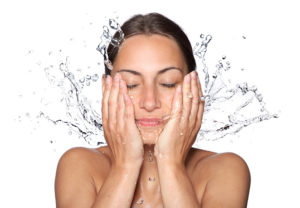
According to their study, microplastics have been a prevalent ingredient in many cosmetics and personal care products for the last 50 years, often replacing natural ingredients. Though the proportions range, microbeads can be found in products ranging from toothpaste to eye shadow. In the typical shower gel makeup, there is often as much plastic material in the product as there is in its container. That translates into 4,300 tonnes of microplastic across all European countries in 2012.
When this much plastic is washed down the drain, the particles can’t be recycled and won’t decompose in water treatment facilities. Instead, they’ll end up in the ocean where it could take hundreds of years for the plastic to completely degrade.
Beat the Microbead
The UNEP report recommends an eventual phase out and ban of microplastics in cosmetics and personal care products. In the United States, Illinois has begun a similar plan. Illinois is the first state to enact legislature to ban the manufacture and sale of products containing microbeads. This plan will happen in two phases throughout 2018 and 2019.
UNEP has enacted a new app called “Beat the Microbead” which will allow users to scan a personal care product’s barcode to see if it contains microbeads. The app will be available in seven languages. Additionally, it has inspired major brands like Unilever and Johnson & Johnson to announce their intent to stop using microbeads.